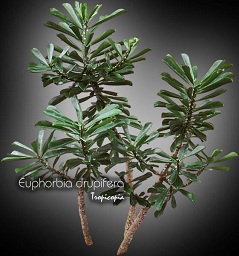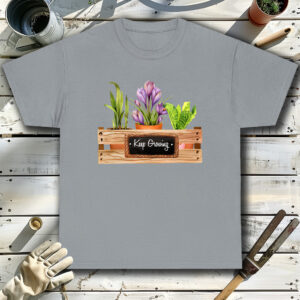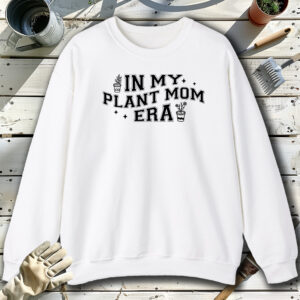Table of contents
Euphorbia drupifera

Latin Name: Euphorbia drupifera
Category: Cactus & Succulent
Family: Euphorbiaceae
Origin: Guinea
Climate: Arid Tropical
Growing Zones: 11-10
Care Instructions
The Euphorbia drupifera (Euphorbia drupifera) is a arid tropical plant that originates from Guinea. This cactus & succulent plant belongs to the Euphorbiaceae family and is well-suited for growing in USDA zones 11-10.
Complete Care Guide for Euphorbia drupifera
Watering Requirements
Euphorbia drupifera, commonly known as the African milk bush, has specific watering needs that are crucial for its health. This succulent plant thrives in well-draining soil and prefers to dry out between waterings. During the growing season, which typically spans from spring to early fall, water the plant thoroughly, allowing excess water to drain out of the pot. It is essential to ensure that the top inch of soil is dry before watering again. In the winter months, reduce watering significantly, as the plant enters a dormant phase and requires less moisture. Overwatering can lead to root rot, so always err on the side of caution and check the soil moisture before adding more water.
Light Conditions
Soil Preferences
Euphorbia drupifera prefers well-draining soil that mimics its native arid environment. A cactus or succulent potting mix is ideal, as it allows for proper drainage and prevents water retention. If you wish to create your own mix, combine regular potting soil with sand or perlite to enhance drainage. Fertilization should be done sparingly; during the growing season, you can apply a diluted, balanced liquid fertilizer every 4-6 weeks. Avoid fertilizing in the winter months when the plant is dormant, as this can lead to nutrient buildup and harm the plant.
Pests and Diseases
Euphorbia drupifera is relatively resistant to pests and diseases, but it can still be affected by common issues such as mealybugs, aphids, and spider mites. Regularly inspect the plant for any signs of infestation, such as webbing or sticky residue. If you notice pests, treat them promptly with insecticidal soap or neem oil, ensuring to cover all surfaces of the plant. Additionally, be cautious of fungal diseases that can arise from overwatering or poor air circulation. To prevent these issues, ensure that the plant is not overcrowded and that it has adequate airflow around it. If you suspect a fungal infection, remove affected leaves and adjust your watering practices.
Special Care Tips
To maintain the health and beauty of Euphorbia drupifera, consider the following special care tips. First, always wear gloves when handling the plant, as its milky sap can be irritating to the skin and toxic if ingested. Pruning is also beneficial; remove any dead or damaged leaves to encourage new growth and improve air circulation. If you live in a region with cold winters, it is crucial to bring the plant indoors or provide protection, as it is not frost-tolerant. Lastly, consider repotting every couple of years to refresh the soil and provide more space for growth. By following these care guidelines, both novice and experienced gardeners can enjoy the unique beauty of Euphorbia drupifera in their homes or gardens.








